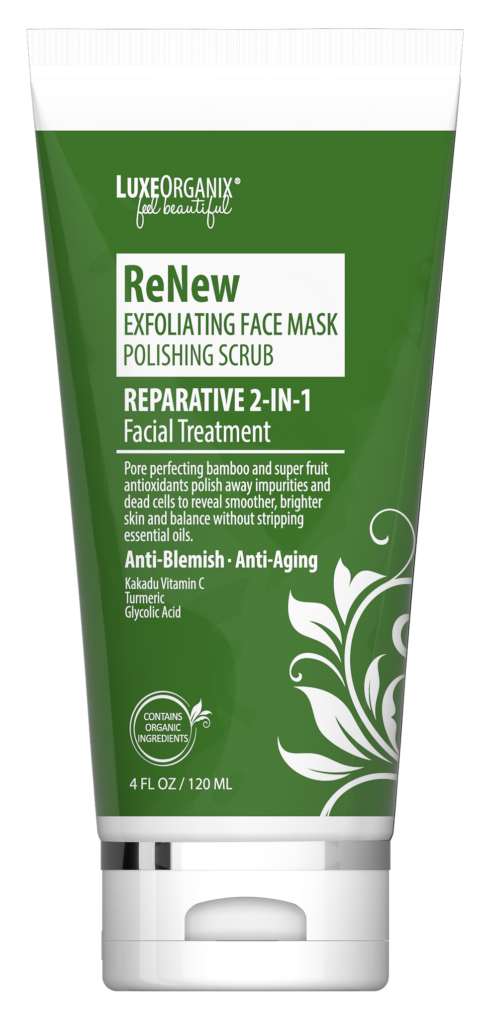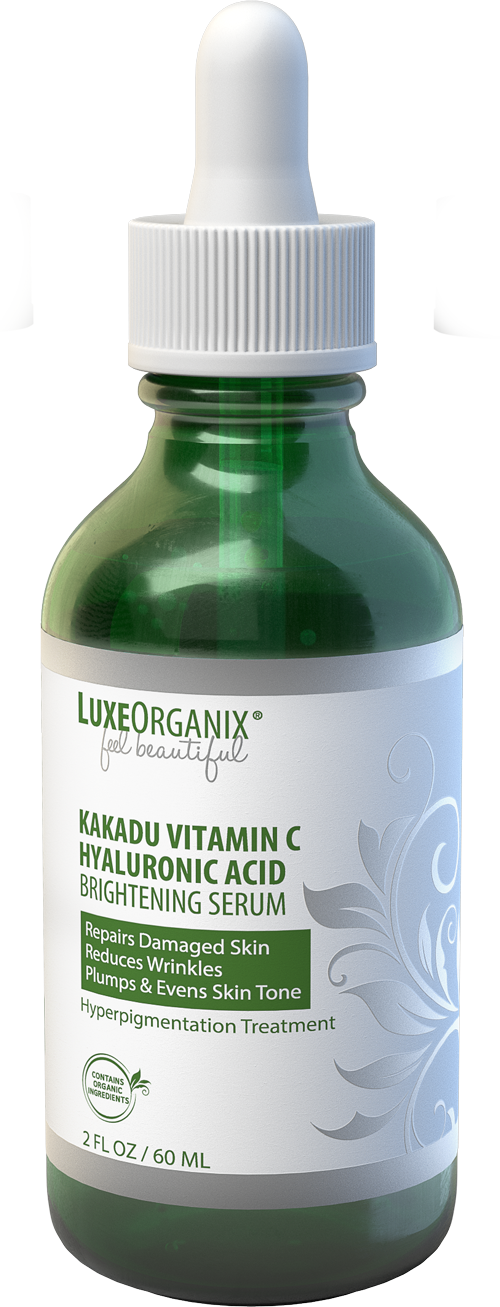Today’s skincare lesson is on Glycolic Acid, and you may want to take a few notes.
You’ve probably heard of Glycolic Acid but may not know what it is, why it’s used, or even where it comes from. We’re about to make everything clear…

What Is Glycolic Acid?
Glycolic acid is an Alpha Hydroxy Acid, or AHA. AHAs are naturally-occurring organic acids present in many foods. Glycolic acid is an AHA derived from sugar cane. It’s a water-soluble acid that helps exfoliate the outermost layer of skin.
“Of the AHAs, glycolic is the simplest in structure and the smallest; it has the lowest molecular weight,” says Dr. Kenneth Howe, a dermatologist at Wexler Dermatology in New York City.
That small molecular weight makes it easy for glycolic acid to penetrate your skin.
Reverse the Signs of Aging
The outermost layer of your skin, called the Stratum Corneum, is packed with layers of dull, dead skin cells, tightly bonded together. When glycolic acid is applied, it break the bonds between these layers, so you can easily wipe away (exfoliate) that dull layer, and reveal skin that is smother, softer, and more evenly toned – it literally is younger skin.
This exfoliation will also reduce fine lines and hyperpigmentation, which are more obvious when that dry, dull layer of cells is left on top. It also improves the reflection of light on the skin, making it brighter.

Because glycolic acid is so small, it can get deeper into your skin too. Glycolic acid stimulates the fibroblasts in the dermis (that next layer below your skin) to produce more collagen. By stimulating collagen production, your skin will feel firmer and you’ll minimize fine lines and wrinkles.
As you age, your collagen production naturally slows. It’s also destroyed by excessive sun exposure. Using glycolic acid regularly can help maintain higher levels of collagen. More collagen plumps the skin and helps boost skin’s hydration levels.
Glycolic acid has antioxidant properties that defend against the free radicals that age your skin.
Acne Super Powers
That dry, dead top layer? It can clog your pores, triggering acne flare ups. If you’re currently alternating between products with salicylic acid and benzoyl peroxide, or brushing off flakes caused by harsh retinols, and piling on pounds of concealer to cover random breakouts, STOP.
Glycolic acid might just change your routine. It’s the perfect partner for not only treating, but also preventing most types of acne like blackheads, whiteheads, and pimples, since the root cause of these is a build-up of oil and blocked pores.

Recent research has also found that glycolic acid has antibacterial properties. So not only does it unclog your pores, but it can fight the very causes of acne. Its exfoliation properties will also help fade any acne scarring and discolorations.
Safe for All
Glycolic acid is a powerful friend to your skincare routine. We carefully formulate our products with this natural ingredient in amounts that make it safe for daily use by most skin types. You’ll start to notice the difference in your skin with regular use.

To summarize, glycolic acid benefits include:
- Gets rid of dry, dull, dead skin cells
- Increases cell regeneration
- Brightens skin
- Leaves skin soft, smooth, and hydrated
- Minimizes appearance of wrinkles and fine lines
- Unclogs pores, fights the bacteria that causes acne
- Fades acne scars and discoloration
Where You Can Find It
If you’re looking for glycolic acid, we use it in our ReNew Exfoliating Face Mask Polishing Scrub, Kakadu Vitamin C Hyaluronic Acid Brightening Serum, and Brilliant Eyes Bio-Advanced Daily Eye Cream.
Like What You Just Read?
In case you were wondering, the following products were mentioned in this blog post!

ReNew Exfoliating Face Mask Polishing Scrub

Kakadu Vitamin C Brightening Serum





